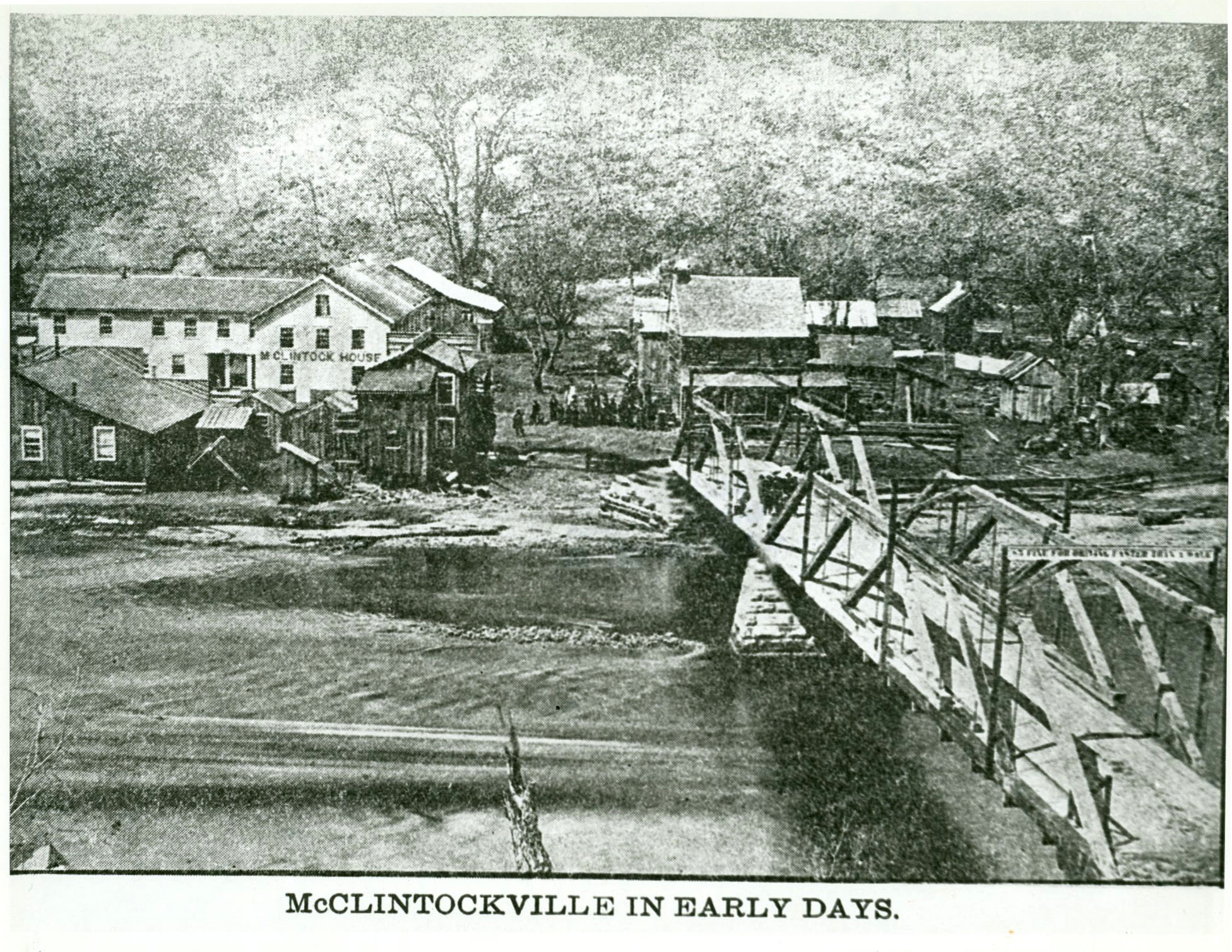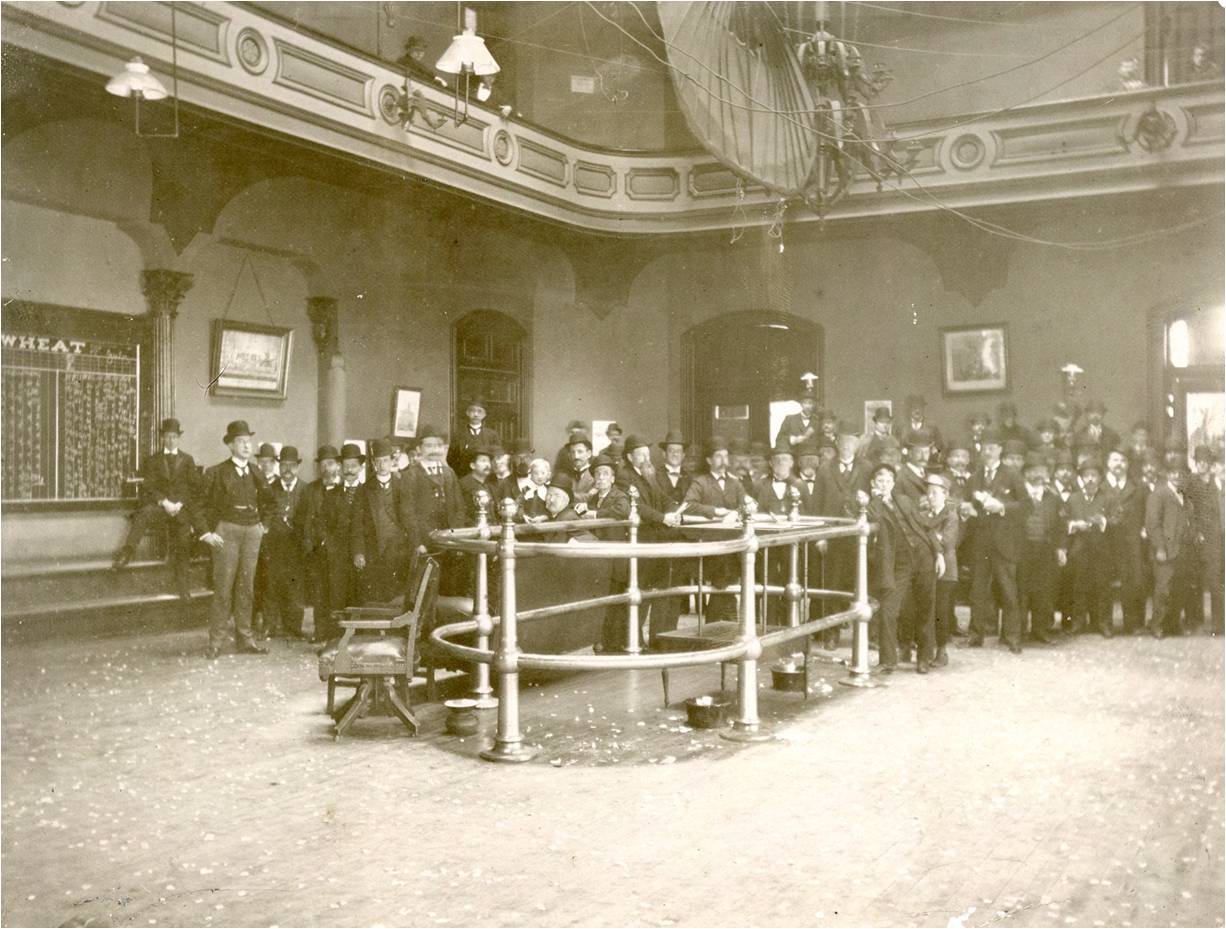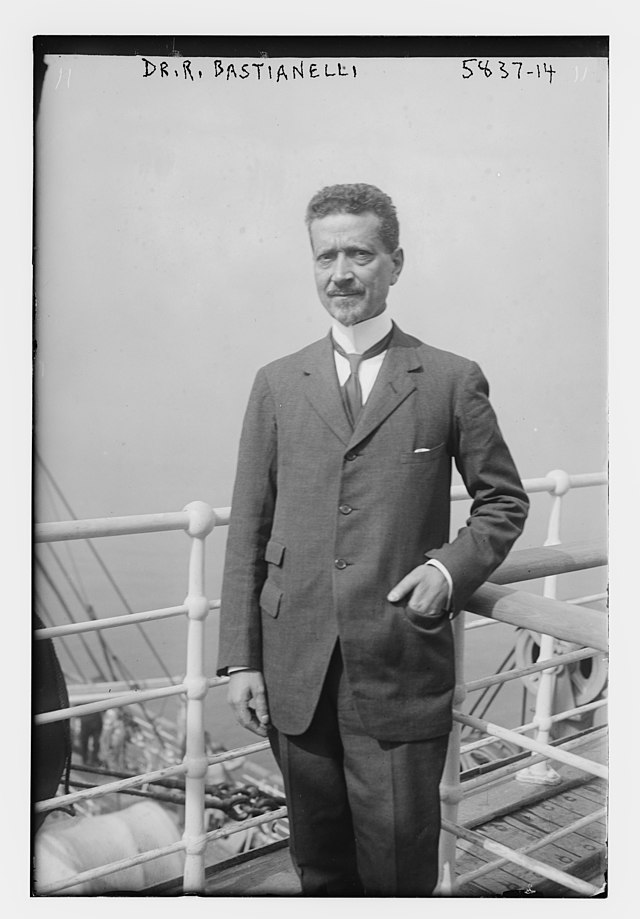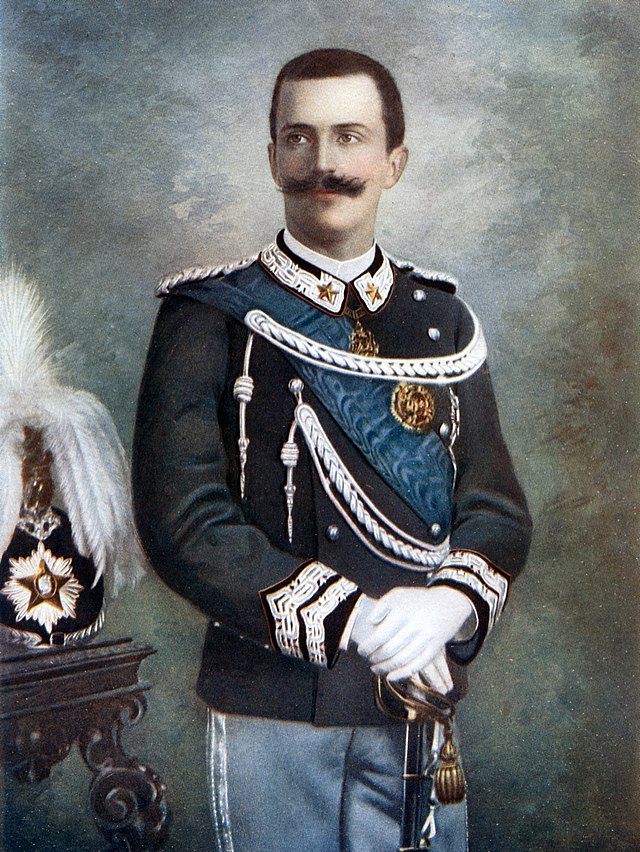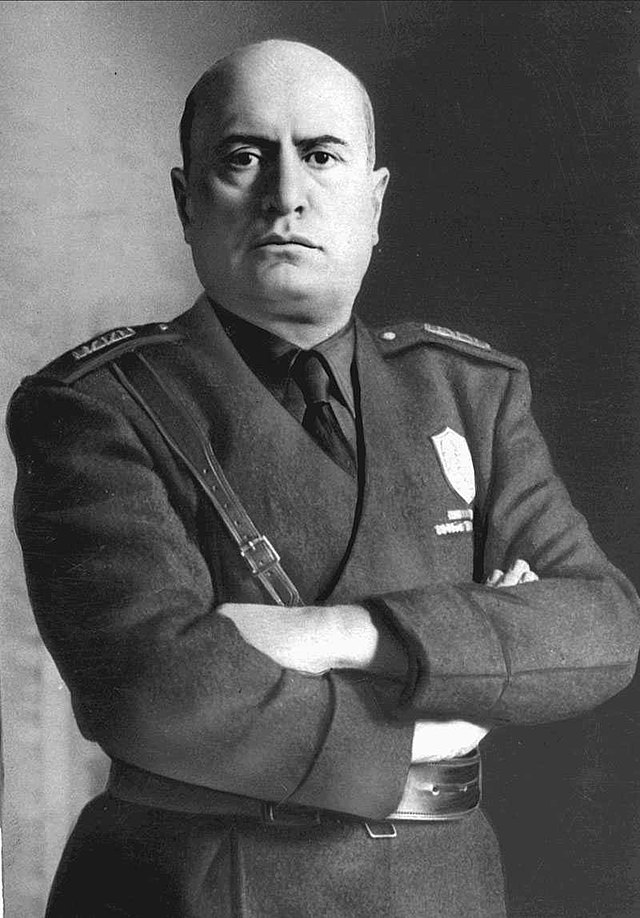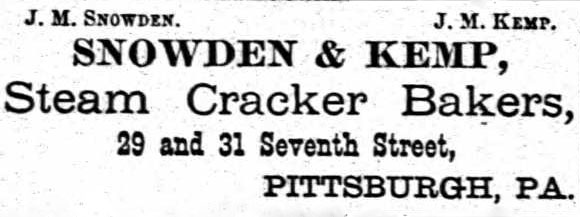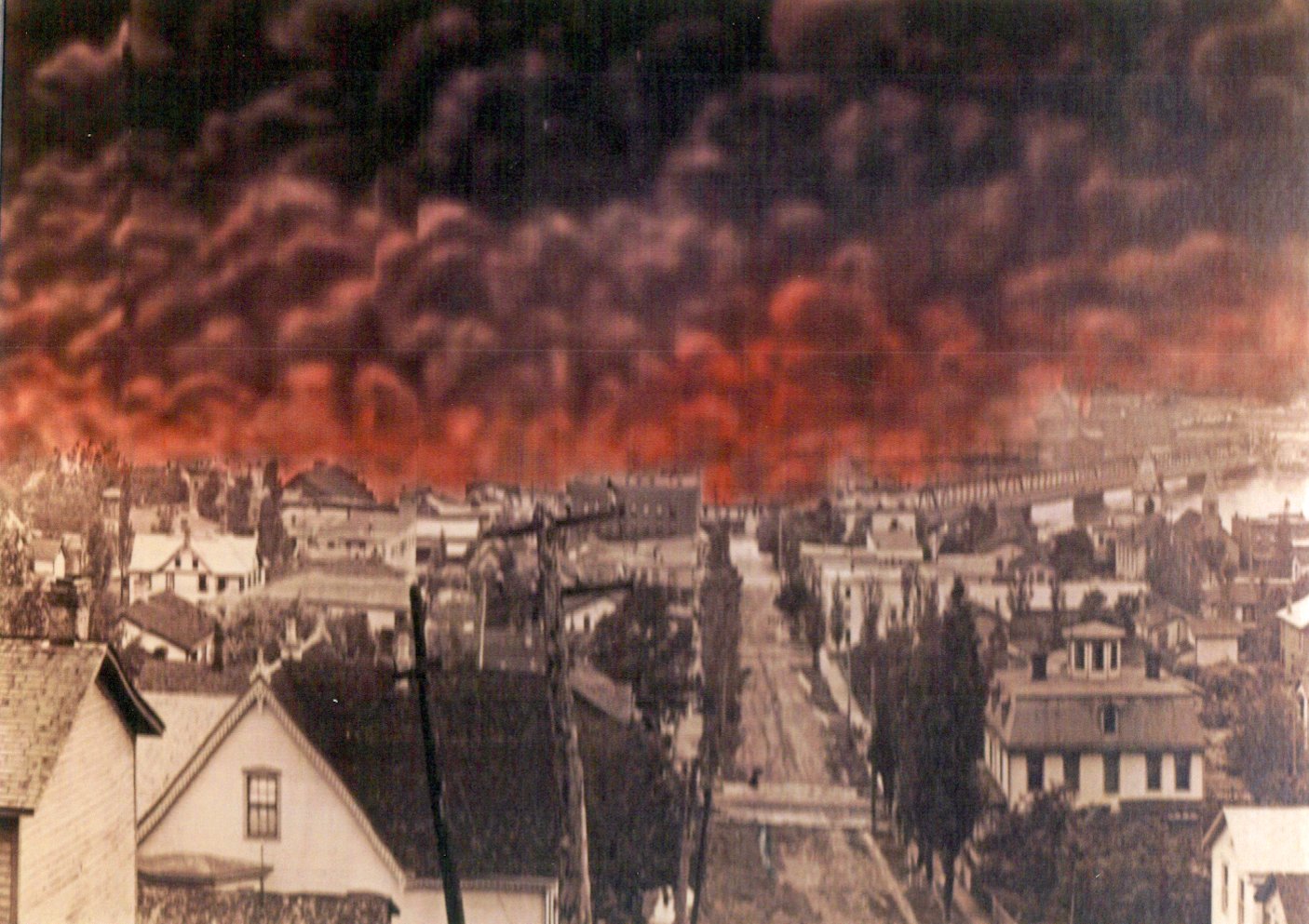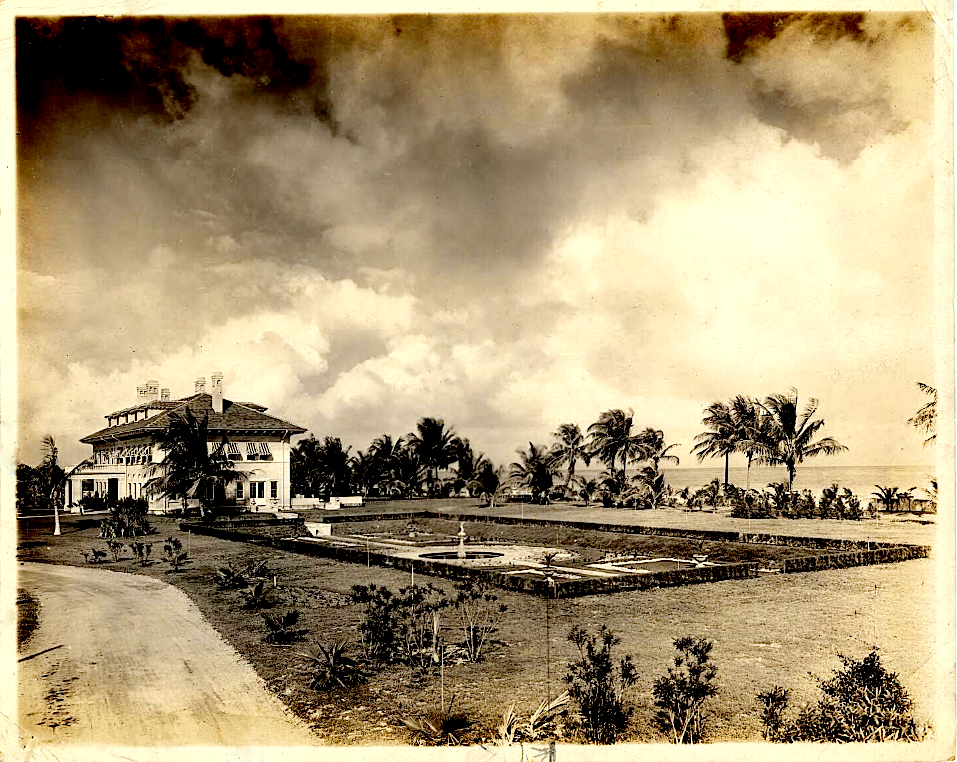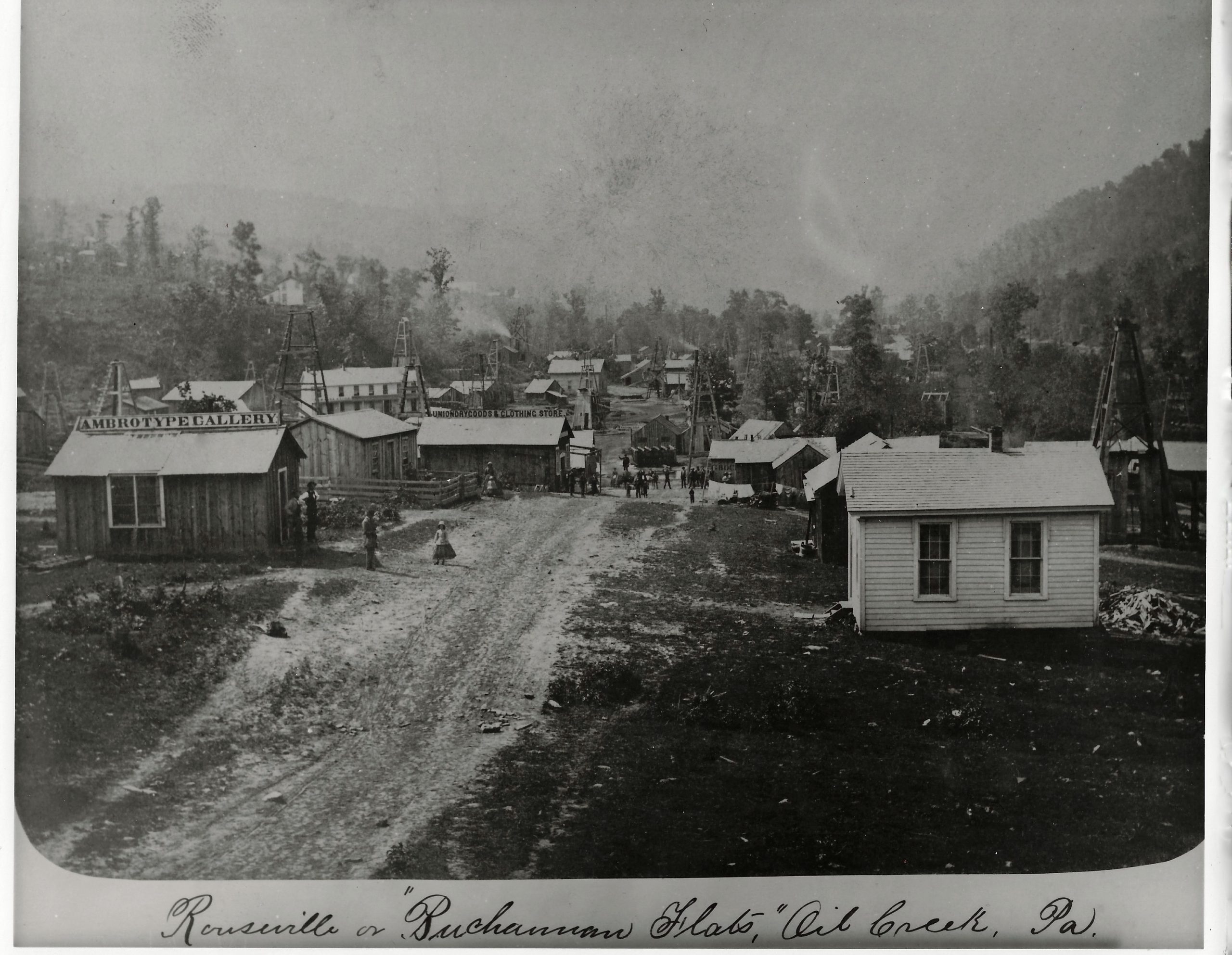Old Money
- Judy Etzel
- September 29, 2023
- Hidden Heritage
- 16913
While many Oil City residents have achieved high recognition as well as earned enormous wealth, others have shared ties with those individuals who had both fame and money.
Henry H. Rogers
Born in 1840 in Massachusetts, Henry Huttleson Rogers worked a series of odd jobs as a young man but was soon intrigued by the excitement in the new oil fields of western Pennsylvania.
In 1861 Rogers, 21, met up with a partner in Pennsylvania. The two pooled their money and began buying crude oil from independent producers. They also set up a small refinery at McClintockville near Rouseville. They prospered, making $30,000 in the first year.
The operation went well until the price of crude oil skyrocketed and supplies became severely limited. Soon, Rogers and his partner owed Pratt a lot of money. When Rogers promised, honorably, to pay it all back, Pratt offered him a job at the Astral Oil Co. refinery he owned in New York.
Soon, Rogers was made refinery foreman and then superintendent. The business prospered and Rogers became a partner in the company.
The Pratt-Rogers enterprise was soon pressured to merge with John D. Rockefeller’s Standard Oil Co. Rogers negotiated a sweet deal and by 1885 became a key member of the Standard Oil management team.
In 1890, he was named vice president of Standard Oil and, according to media reports, was “the driving force in Standard Oil, America’s richest corporation.”
The self-made oil tycoon became very wealthy, investing in steel and railroads and mining, and is considered one of the 25 richest men in U.S. history. His wealth was pegged at more than $100 million. He became close friends with writer Mark Twain, giving him $6,000 to get out of debt and teaching him how to invest. He also had close ties to Helen Keller, who was provided an educational scholarship by Rogers and his wife, and Booker T. Washington who received funds from Rogers to pay for the operation of dozens of small country schools for African American children in the South.
In January 1906, The Oil City Derrick newspaper profiled Rogers and noted he “gained a thorough knowledge of oil refining by actual experience … (he) is recognized as one of the foremost early refiners on Oil Creek.”
When he died at the age of 59 in 1909, Rogers was described as one of the richest men in the world. It was a rags-to-riches story that began with a small oil operation in McClintockville.
Henry Lewis
Another confidant of John D. Rockefeller, at one time the richest man in America and an early speculator and oil buyer in the Oil Valley, was Henry Lewis.
Born in England in 1838, he immigrated to the U.S. and settled as a young boy with his family in Cleveland, Ohio.
Lewis began work for Clark, Shurmer and Co., refiners, and was sent in 1860 to Oil City to buy crude oil for his company.
He became a prominent and wealthy oilman, both as a crude oil buyer and a producer, in the Oil Valley.
He owned H. Lewis & Co. and was a key member of the Oil Exchange in the city. In 1872 he joined the Standard Oil Co. as a buyer and shipper and helped organize the American Oil Company that did its business primarily in the Bradford oil field.
Lewis was married to Sarah A. Blackwell in 1868 and they had four children. Their home was on Bissell Avenue. Following her death, he married Anna Vail Dunham Runyon and they had a daughter. The Lewis family moved to New York in 1884 where Lewis was named head of Standard Oil’s shipping department.
Lucille Loomis Bastianelli
Lucille Loomis, daughter of Stanley Loomis and the late Charlotte Brundred Loomis of Cowell Avenue in Oil City, was married in January 1903 in her home to Dr. Raffaele Bastianelli, a highly distinguished physician from Rome, Italy, and the personal physician to the King of Italy. Lucille was 21 years old while her husband-to-be was 39 years old.
Rev. Dr. Stocking, rector of Christ Episcopal Church, presided at the wedding. A newspaper account of the modest 11:30 a.m. in-home wedding noted the bride and groom “left on the Niagara Express for New York, going via Buffalo.” In New York, the couple was to sail the next day to make their home in Rome.
Upon the death of her mother in 1887, the bride lived for many years with her grandmother, Mrs. W.J. (Rachel) Brundred on Petroleum Street.
Dr. Bastianelli was described in the wedding article as “one of the most prominent men of his profession in Rome. … He made many friends during his brief visit to the city.”
In 1929, Bastianelli was appointed as a life senator of Italy. “King Victor Emanuel and Premier Mussolini have jointly appointed him, … making him one of the government heads of that country,” noted an item in the local newspaper. He was chosen in recognition of “his unusual mentality and his great services to Italy as a surgeon.”
Lucille, whose father was the vice president and general manager of the Oil City Electric Co. and later the Citizens Light and Power Co. in Oil City, had occasion to return to Oil City over the years. In 1932, she was visiting at the home of Mr. and Mrs. H.D. Brown of West First Street.
Dr. Bastianelli died Sept. 1, 1961, at the age of 97. His obituary noted he had attended famed singer Enrico Caruso during the tenor’s last illness. He was also Benito Mussolini’s surgeon. “It was in connection with the Fascist dictator that he gained wide prominence in 1926,” noted the Italian newspaper.
“A woman attempted to assassinate Mussolini after he had addressed a meeting of surgeons in Rome. Dr. Bastianelli was called from the meeting to dress the wound she had inflicted. Earlier that year, the doctor had treated Mussolini for an ulcer.”
During World War I, he was assigned to reorganize the Italian Army’s field hospital operation. Lucille met her future husband while traveling overseas. She had gone abroad with her aunt who became ill while they were visiting Rome. Dr. Bastianelli was the attending physician. Lucille and Raffaele became romantically involved and were married.
When her husband made business trips to the U.S., Lucille often traveled with him and would visit relatives in Oil City. Her family included H. Douglas Brown of Oil City.
In 1963, Mrs. H. Douglas (Nancy) Brown Jr. of West First Street traveled to Europe and the trip included a visit with Signora Lucille Bastianelli in Rome. Lucille was a cousin of Mr. Brown.
Lucille died Nov. 4, 1971, in Rome. She and her husband are buried at Prima Porta Cemetery in Rome.
James McKean Snowden
Born in 1831 in Pittsburgh, James M. Snowden, the son of Irish immigrants, worked in the wholesale grocery business until enlisting in the Union Army in 1862.
Following his service in the Civil War, Snowden traveled to Oil City and began producing oil in McClintockville. He and his wife, the former Mary A. Burns, lived on Graff Street.
A few years later, he headed back to Pittsburgh and started a business known as Snowden & Kemp that manufactured crackers and candy.
In 1880, Snowden and his family returned to Oil City where he became active in civic affairs, including his service as commander of the Downing Post No. 465 G.A.R. and as alderman for the city’s Fourth Ward.
He was most known for his service as Venango County coroner during the June 1892 Great Fire and Flood in Oil City.
When Snowden died in 1909, his obituary in the local newspaper noted: “He was coroner … at the time of the dreadful loss of life attending the great (1892) catastrophe. Although well along in years he showed executive ability worthy the brain of a much younger man and for more than a week he spent his days and nights in a successful effort to identify the more than 40 men, women and children who claimed Oil City or the immediate vicinity as their home, who died from fire or water and in superintending the vast amount of work that the holocaust entailed.”
The Snowdens, who moved from Graff Street to 502 Orange St. in Oil City, had five children – George, James H., Catherine, Harry and Oscar.
The elder Snowden joined two of his two sons, James Hastings Snowden and George Grant Snowden, in the oil business in Indiana. They, too, would prosper.
James Hastings Snowden
James H. Snowden became a wealthy man and was a noted philanthropist.
The 1888 Oil City High School graduate worked at the Lamberton National Bank and also had oil leases in the area.
He joined his brother and former Oil City resident E.W. Evans in Indiana and further expanded his oil land holdings.
James joined with Henry McSweeney, also of Oil City, and founded Snowden & McSweeney, a company that soon had extensive oil-related activities in the Texas oilfields and was one of the largest independent oil companies in the U.S.
Their home office was in New York City and Snowden lived on Park Avenue.
The Snowdens lived at an estate named Inverness near Greenwich, CT. They also had a winter home, a 15-bedroom mansion along the sand at Miami Beach, that they eventually sold to Harvey Firestone. It later became the site of the huge, $14 million Fontainebleau Hotel.
In Oil City, Snowden furnished a sun room for male patients at the Oil City Hospital in memory of his parents. He and his brother, George, also gave generously to the Soldiers and Sailors Monument on Central Avenue in front of the library.
Snowden died in 1930 and his estate was valued at between $2 million and $4 million (between $32 million and $40 million today).
George Grant Snowden
George Snowden was in the oil business but was also a lawyer with offices in the Lamberton Block on Oil City’s North Side. He married the former Pearl Pinkerton McClelland in 1903 and they had four children. They eventually moved to Philadelphia.
When George died in 1918, his wife built a mansion in 1929 in Rhode Island. She sold the 40-room house, located on a bluff called Watch Hill because it served as a landmark for sailors, in 1948 to the Harkness family, heir to a Standard Oil fortune.
DID YOU KNOW?
Henry R. Rouse, who became known as one of the nation’s first oil philanthropists, was killed in the world’s first oil well disaster.
He died of burns received in an explosion on April 17, 1861, as the Merrick Well was being struck at the southern end of the Oil Creek Valley where what is now Rouseville.
Rouse was a school teacher, Tidioute sawmill operator, retail store owner in Enterprise and a two-term state representative before he became interested in the petroleum industry.
He became wealthy and eventually leased land in the Buchanan Flats which became the Borough of Rouseville.
Written by Judy Etzel with research by Kay Dawson and design by Natalie Cubbon.
HIDDEN HERITAGE IS SPONSORED BY:
Helen & Dave Heinzer
Support This Project
Donations to the library are appreciated to help offset printing costs & make this project possible! Want to become a sponsor? Email us at promotions@oilregionlibraries.org to get started!
Make a Donation

